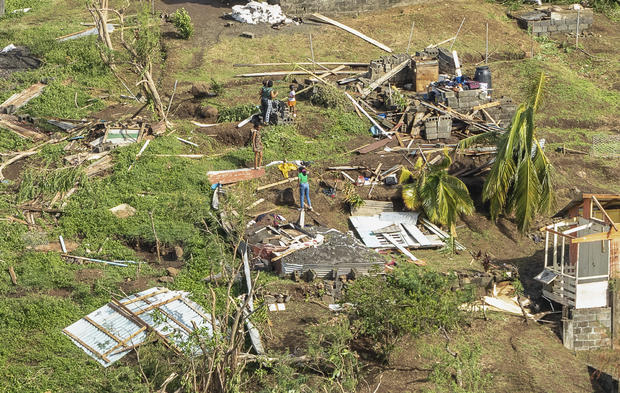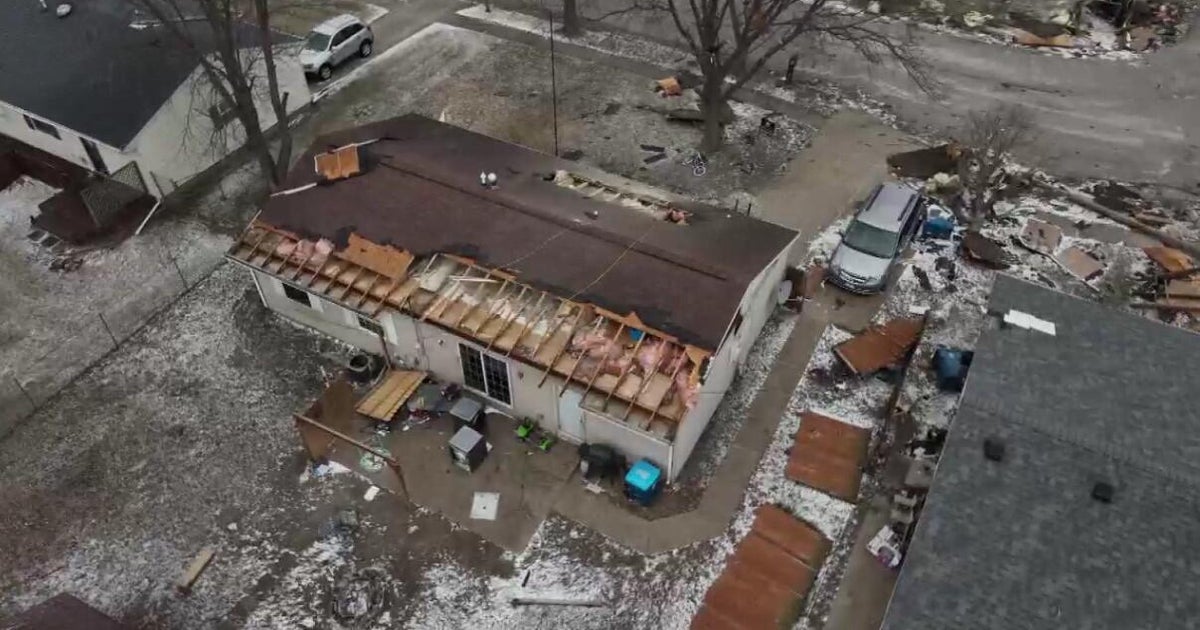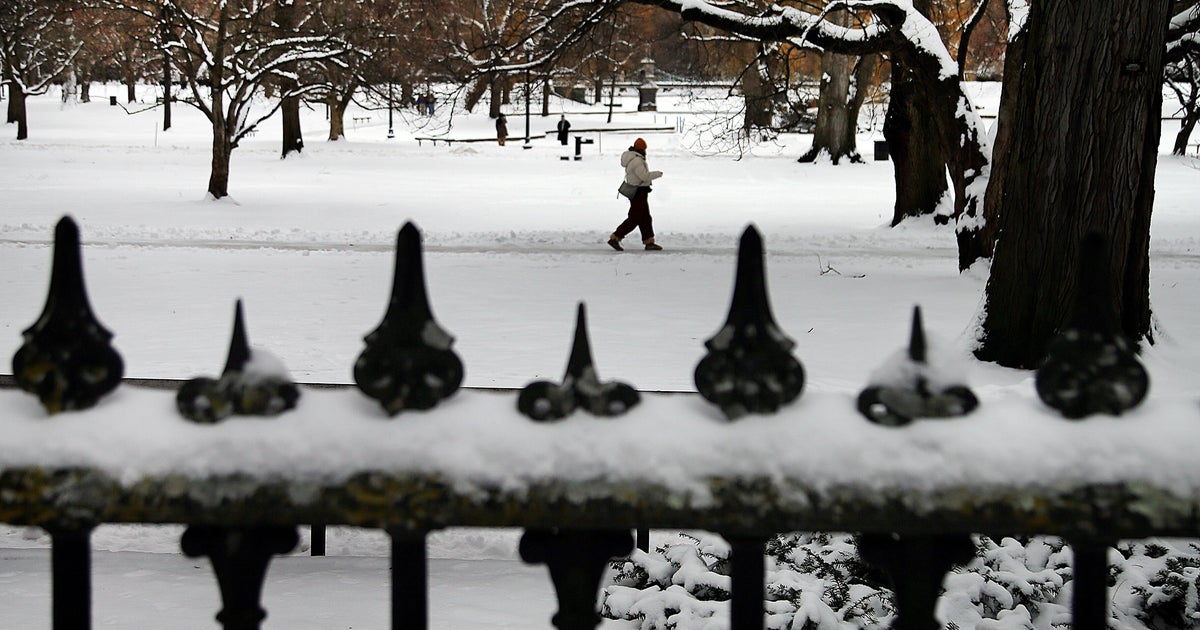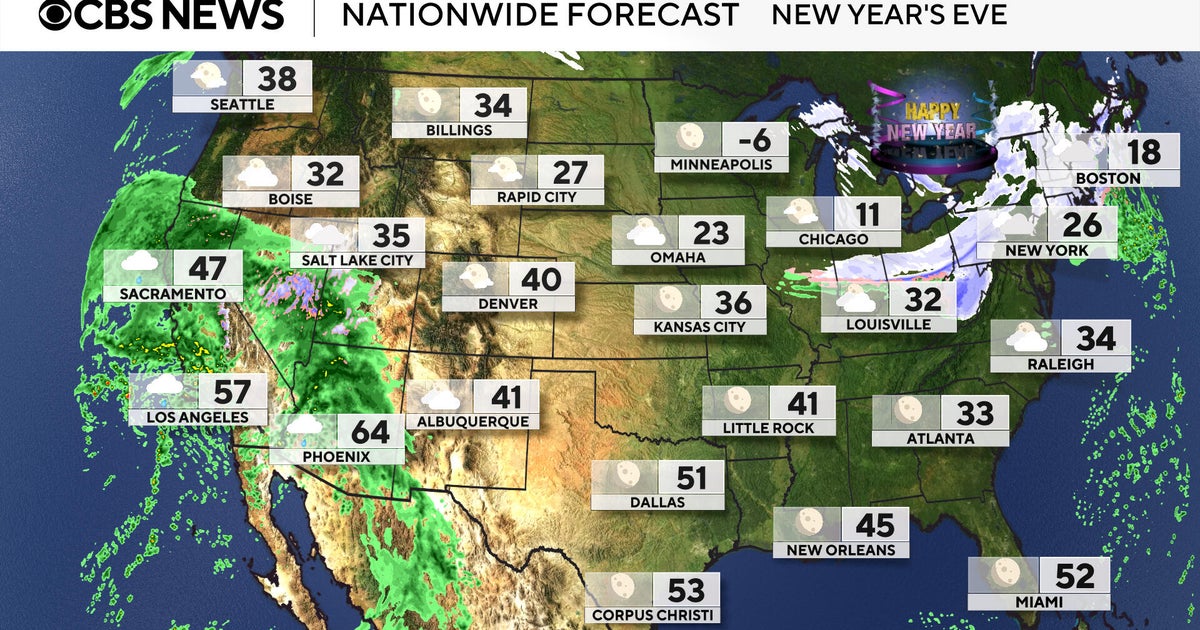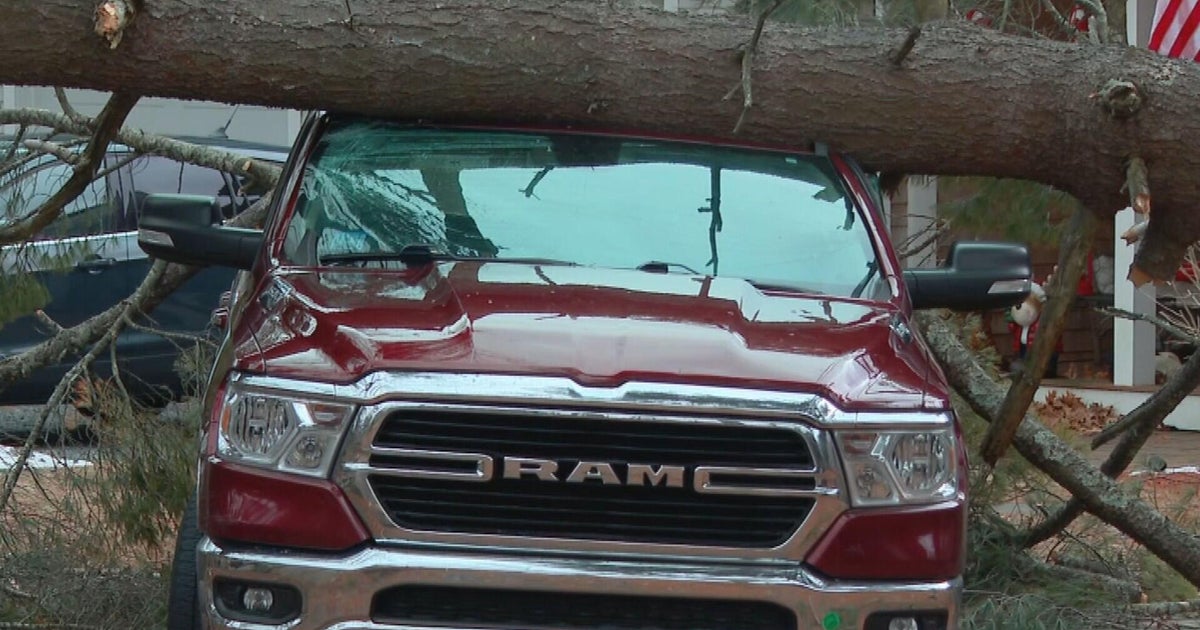How to protect your home from a hurricane
The carnage left by Hurricane Beryl in the Caribbean this week is a stark reminder of the destruction such storms can wreak on entire communities. And with meteorologists expecting an above normal Atlantic hurricane season this year, nearly 33 million homes from Texas to Maine could face danger from the savage winds, storm surges and heavy rainfall such tempests can produce, real estate data provider CoreLogic estimates.
Read on to learn what experts say homeowners can do to harden their properties against hurricanes.
Cover the windows
When time is of the essence, the quickest and cheapest way to protect your home from a hurricane is nailing plywood across all the windows. Owners who have more time to prepare can protect windows by installing so-called roll shutters, which a little like a garage door and which run between $300 and $400.
"That's going to protect you from the debris flying into your window," said Michael Gridley, a residential construction professor at SUNY Morrisville in upstate New York, noting that many homeowners can mount plywood or install roll shutters themselves.
But such fixes are temporary and likely won't keep glass from shattering and falling into your home, Joshua Parrish, a general contractor in Georgia, told CBS MoneyWatch.
For stronger, long-term protection, a professional can install hurricane windows, which typically have a steel or aluminum frame and reinforced glass.
"The glass actually has two layers of heat-treated glass, and there's plastic in between them. It will actually protect you," Gridley said.
Not surprisingly, hurricane windows are costly. At $125 to $150 per square feet, installing them could easily cost a homeowner between $10,000 and $30,000, he noted.
Barricade your doors
As with the measures for safeguarding windows, homeowners have three basic options: putting up plywood, adding a larger roll shutter or having a hurricane door installed.
Parrish said mounting plywood on sliding glass or patio doors should provide sufficient protection from Category 2 (wind speeds of 96–110 mph) or Category 3 (wind speeds 111-129 mph) hurricanes. For more powerful storms, he recommends a hurricane door. That starts with deciding whether to get a steel, aluminum or fiberglass door.
"I would lean toward getting something like fiberglass just because, in case of a dent, something in that family of metal would be more difficult to fix and you'd have to end up replacing it," said Parrish, who also runs a blog on home improvements called Hammer & Handsaw.
Hurricane doors typically cost between $2,400 and $4,000 depending on the structure and size, Gridley said.
Reinforce your roof
Before making any changes to your roof, it's important to first check for soft spots in your roof deck, nail down any loose shingles and clear the gutters so water flows quickly away from your home, experts said.
After the roof checkup is done, homeowners can generally go one of two routes. For those who don't have the time or money to replace the roof, Gridley said they should consider cementing the existing shingles together. Shingles are already nailed down and stuck together with asphalt, but over time the asphalt cracks and fades — adding cement reinforces them.
Another, pricier option — but one that offers better protection, including from an insurance perspective — is to install a metal roof.
"It fastens down, it has less room for [wind] pickup — it's going to be the best option," Gridley said.
Metal roofs are installed so there are no "seams where wind can get underneath and start lifting that off the building," Parrish said, adding, "It's probably going to be double the cost of a typical shingle roof. But it's going to last you almost forever — 40, 50, 60 years."
A 2,000 square-foot metal roof costs an average of roughly $27,000, according to Architectural Digest.
Seal the foundation
Examine the foundation of your home and the walls of your basement or crawl space for cracks, the experts said. If you notice deep, long cracks, consider hiring a waterproofing company to seal them.
It's vital to get cracks fixed because there could be water pressing against a foundation wall — structural risk that could lead to flooding during a hurricane, Parrish said.
"That's additional water pressure beating against your home and, if it's severe enough, it could cause other issues, and now you have a bigger problem on your hands," Parrish said.
